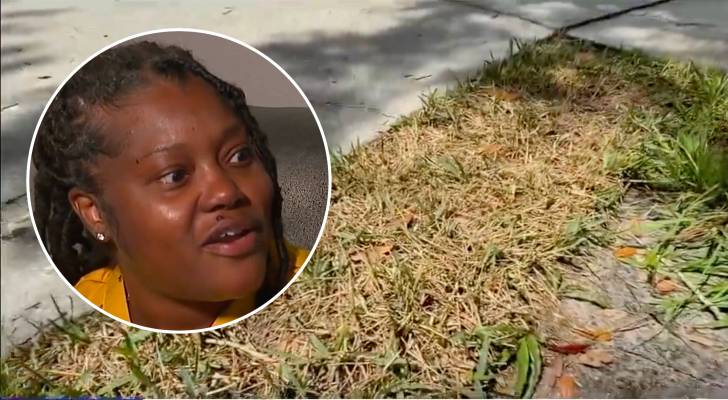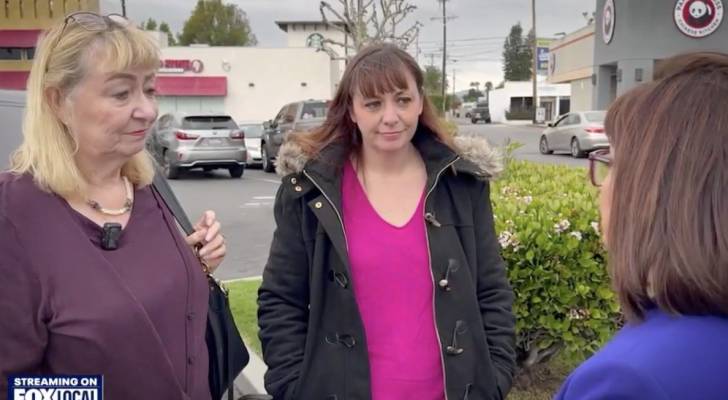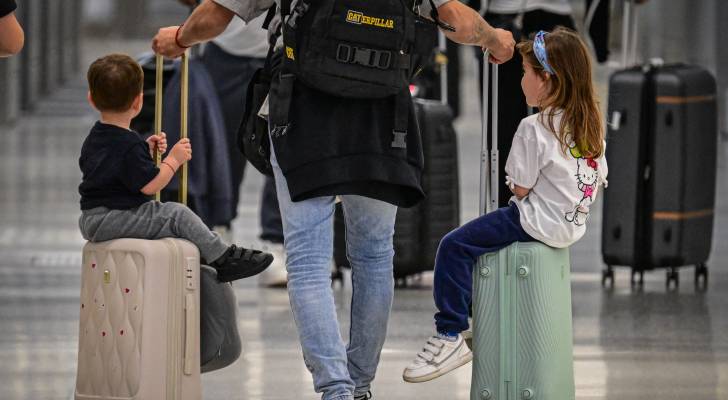This Florida woman was jailed for 7 nights after a dispute with her HOA over dry patches of grass just kept escalating — why you should never ignore your HOA’s ‘petty’ requests


What started as a dispute over lawn care ended with Irena Green spending a week behind bars. Green, who lives in the Creek View subdivision of Tampa’s Hillsborough County, says it all began with a homeowners association (HOA) violation over the condition of her grass. Don’t miss I’m 49 years old and have nothing saved […]
This 30-year-old tree named Donaldson may be researchers’ best shot at rooting out the deadly disease decimating Florida’s citrus trees — why they believe studying it may prove fruitful


When Americans think of fresh orange juice, they probably picture a glass poured straight from Florida’s sun-drenched groves. But for two decades, the state’s citrus industry has been under siege by a bacterial infection called citrus greening — wiping out 90% of its crop. Now, hope is budding on an unlikely branch: a 30-year-old tree […]
Fraudsters are using a $20 ‘distraction’ scam to steal thousands of dollars from victims — nearly $5,000 drained from 1 LA teacher’s bank account. Here’s how the ‘huge violation’ went down


It’s not every day a stranger insists on handing you a $20 bill you didn’t drop. But for Sarah — whose last name has been withheld, as reported by Fox LA — that’s exactly what happened on an ordinary Wednesday afternoon at a Ralphs grocery store in Van Nuys. "He came much closer to me […]
‘It was an eyesore’: City of Oakland clears homeless encampment, relocating 70 people to state-funded shelter — but advocates say crews moved too fast without offering sufficient supports


The City of Oakland has cleared a large homeless encampment on East 12th Street, relocating about 70 people to the Mandela House — a former hotel turned shelter, now funded through a state grant. The move marks one of the city’s most visible steps toward addressing homelessness, a crisis that has more than doubled in […]
‘I saw you’: Houston couple charged after being caught on camera allegedly breaking into vacant office building to strip an estimated $300K in copper wire — here’s who ends up holding the bag


A couple was caught on camera allegedly stealing thousands of dollars worth of copper wire from a northwest Houston office building. While one suspect has been arrested, the other is still on the run. Investigators allege the pair stripped roughly $300,000 worth of copper from the 12,000-square-foot building and took two elevator control panels worth […]
This woman thought she was sending a teen $2 for a bottle of water on a hot day — until she realized he’d taken $1,100. And she’s not the only one who’s been scammed by Atlanta’s ‘water boys’


As the summer heat kicks in, nothing’s more refreshing than grabbing a cold bottle of water while you’re stuck in traffic. But for some Atlanta drivers, that quick sip has turned into a costly scam draining wallets faster than you can say “Cash App." So-called water boys — teens who hustle bottled water to passing […]
The US housing market now has 500K more sellers than buyers — the most ever recorded, says Redfin. And that means some have to accept ‘the writing on the wall’ as far as home prices go


The tables are turning in the U.S. housing market, and this time, buyers are calling the shots. There are an estimated 1.9 million homes for sale across the country, but only about 1.5 million active homebuyers. That leaves a gap of nearly 500,000 — the largest on record, according to Redfin. Don’t miss I’m 49 […]
‘I saw the potential’: This 47-year-old spent $50K reviving 8 abandoned apartments — now they bring in $220K a year, but the hidden costs took her by surprise


It’s easy to fall for the charm and potential of a place like Minden, Louisiana — just ask Sara McDaniel. In 2020, she came across an opportunity to purchase an eight-unit, villa-style apartment complex that had been abandoned for nearly 40 years. By then, McDaniel was no stranger to real estate; she already owned over […]
‘Please do not go to the airport’: Florida-based regional airline Silver Airways abruptly shuts down after filing for bankruptcy, leaving travelers stranded — what to do if you’re affected


There’s missing a flight, and then there’s missing every flight because your airline just went bankrupt. That’s what happened to hundreds of travelers this week when Silver Airways, a Florida-based regional carrier, abruptly announced it was ceasing operations effective immediately. Don’t miss I’m 49 years old and have nothing saved for retirement — what should […]
Dr. Oz and RFK Jr. are promising to cure chronic insurance headaches — but experts say no scalpel is sharp enough to cut through ‘prior authorization’ red tape


If your doctor recommended a test or treatment only for your insurance provider to demand more paperwork first, you’re not alone. That obstacle, known as prior authorization, has become a notorious bottleneck in the U.S. health care system, delaying care and frustrating both patients and providers. About 16% of insured adults say they’ve run into […]
